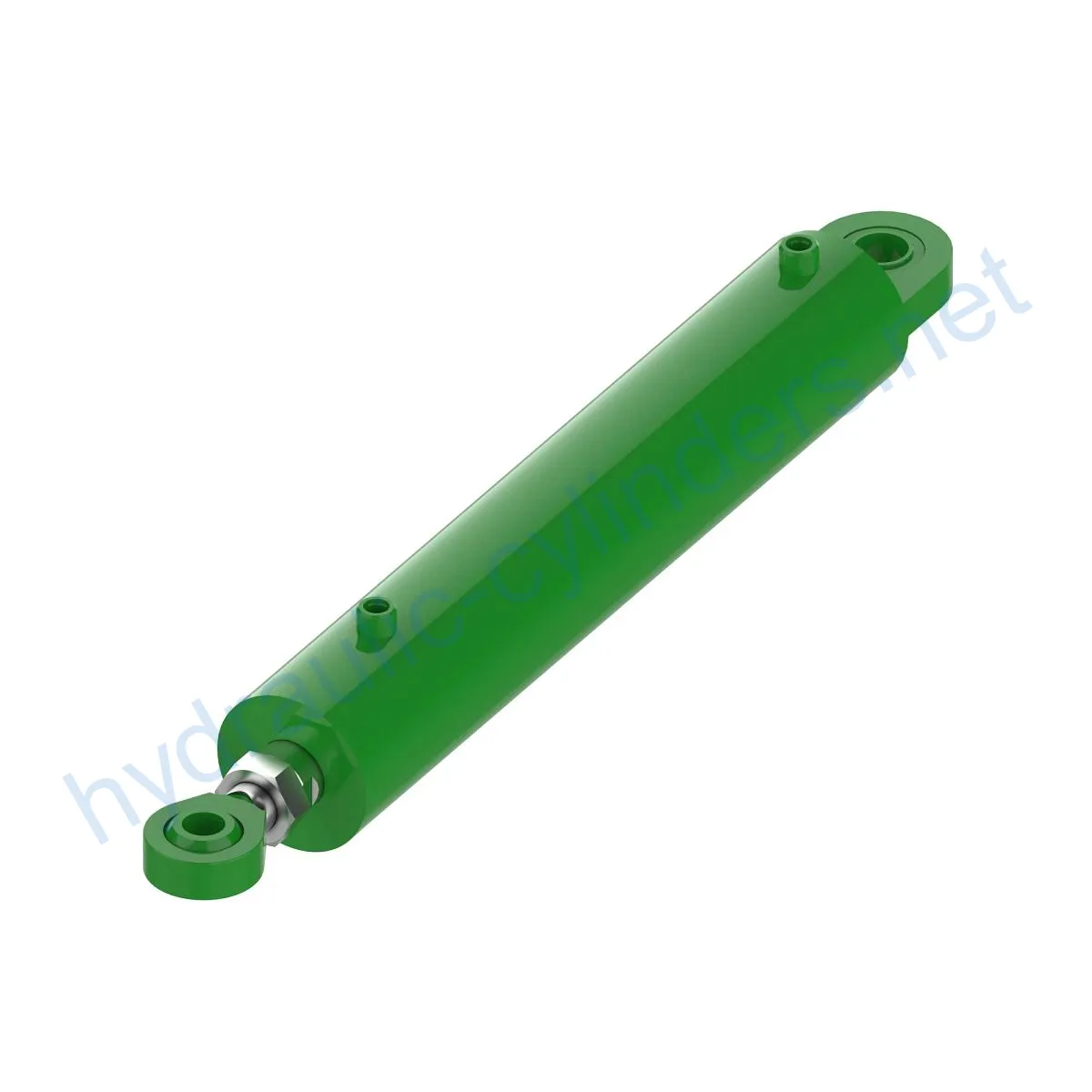Replacement Of AKK11980 Inner Boom Fold Hydraulic Cylinder
Kā viens no hidraulisko cilindru ražotājiem, piegādātājiem un eksportētājiem, mēs piedāvājam hidrauliskos cilindrus un daudzus citus produktus.
Lūdzu, sazinieties ar mums, lai saņemtu sīkāku informāciju.
Pasts:sales@hydraulic-cylinders.net
Hidraulisko cilindru ražotājs, piegādātājs, eksportētājs.
Replacement Of AKK11980 Inner Boom Fold Hydraulic Cylinder
Product Definition
The Replacement Of AKK11980 Inner Boom Fold Hydraulic Cylinder is a hydraulic cylinder designed to replace damaged or worn-out cylinders in various applications. It plays a vital role in restoring the normal operating capabilities of equipment and ensuring its performance in different scenarios.
Specifications and Models
- Weight: 47.099 lb
- Height: 4.5 in
- Width: 5 in
- Length: 32 in
- Model: 4940
Key Features
- Improved Equipment Performance: Replacing damaged or worn-out hydraulic cylinders can restore the normal operation of equipment, ensuring its performance in various applications.
- Enhanced Safety: Regularly replacing hydraulic cylinders can reduce safety hazards caused by cylinder failures, ensuring the safety of operators and equipment.
- Overload Protection: Newly designed cylinders often incorporate better overload protection mechanisms, enhancing safety.
- Quick Installation: Modern hydraulic cylinders are designed for easy installation and replacement, minimizing downtime.
- Standardized Components: Many hydraulic cylinders are standardized products, making it easier to obtain replacement parts in the market.
Applications
- Excavators: The hydraulic cylinders in excavator booms or buckets may get damaged due to prolonged use or overload, requiring replacement for normal operation.
- Cranes: Hydraulic cylinders in crane boom systems are prone to wear and tear during frequent lifting and lowering processes, necessitating regular replacement for safety.
- Tractors: The hydraulic cylinders in front-end loader attachments of tractors may develop leaks or performance degradation during continuous lifting and tilting operations, requiring replacement.
- Harvesters: Hydraulic cylinders in harvesting equipment endure high pressure during the harvesting process and may get damaged due to fatigue, requiring timely replacement to maintain efficiency.
- Automated Production Lines: Hydraulic cylinders are used for controlling robotic arms and other automated devices. Cylinder failures can significantly impact production efficiency and should be replaced immediately.
Maintenance Tasks
- Regular Inspection: Perform routine checks to ensure the proper functioning of the hydraulic cylinders.
- Proper Lubrication: Apply adequate hydraulic oil to lubricate the cylinders and prevent friction-related issues.
- Seal Replacement: Replace seals when necessary to maintain optimal performance and prevent leaks.
- Calibration Check: Periodically verify the calibration of the cylinders to ensure accurate operation.
Safety Considerations and Environmental Factors
When using hydraulic cylinders, it is crucial to follow safety measures to prevent accidents and protect the environment. Adhering to safety guidelines and using appropriate safety equipment is of utmost importance.
Troubleshooting and Common Issues
Common issues and troubleshooting steps for hydraulic cylinders:
- Issue 1: Cylinder leakage.
- Possible Solution: Check and replace faulty seals.
- Issue 2: Cylinder not extending or retracting.
- Possible Solution: Inspect the hydraulic system for blockages or insufficient hydraulic fluid. Ensure proper maintenance and fluid levels.
- Issue 3: Irregular cylinder movement.
- Possible Solution: Check for misalignment, damaged components, or inadequate lubrication. Perform necessary repairs or replacements.
Preventive Measures
To minimize potential issues, consider the following preventive measures:
- Regularly inspect and maintain the hydraulic cylinders.
- Provide proper alignment guidance during the installation process.
- Use appropriate installation brackets to secure the cylinders.
- Follow recommended inspection, repair, and replacement procedures.
- Offer replacement parts and rebuilding services to extend the lifespan of the hydraulic cylinders.

Design Considerations and Selection Criteria
When choosing hydraulic cylinders, various design considerations are crucial:
- Bearing Capacity: Select cylinders based on the required load-bearing capacity.
- Sealing and Durability: Use seals and materials, such as polyurethane and nitrile rubber, for improved wear resistance.
- Safety and Maintenance: Prioritize cylinders with enhanced safety features and ease of maintenance.
Sealing and Lubrication
Ensure effective sealing and lubrication for optimal performance:
- Use various sealing components, including piston seals and rod seals, made from wear-resistant materials.
- Apply appropriate hydraulic oil for lubrication, ensuring smooth operation.
- Employ specialized surface treatments for cylinder bodies and threaded ends to enhance wear resistance.
Regular Inspection and Preventive Maintenance
- Proper installation, lubrication, and adjustment are crucial for optimal performance.
- Provide guidance for aligning the cylinders correctly during installation.
- Recommend inspection, repair, and replacement procedures to ensure longevity.
- Offer replacement parts and rebuilding services to extend the lifespan of the hydraulic cylinders.
- Provide tips to enhance the durability of the cylinders.
Safety Considerations and Environmental Factors
It is essential to consider safety measures and environmental factors when using hydraulic cylinders. Adhering to safety guidelines and proper handling practices is crucial.
Troubleshooting and Common Issues
Common issues and troubleshooting steps for hydraulic cylinders:
- Issue 1: Cylinder leakage.
- Possible Solution: Check and replace faulty seals.
- Issue 2: Cylinder not extending or retracting.
- Possible Solution: Inspect the hydraulic system for blockages or insufficient hydraulic fluid. Ensure proper maintenance and fluid levels.
- Issue 3: Irregular cylinder movement.
- Possible Solution: Check for misalignment, damaged components, or inadequate lubrication. Perform necessary repairs or replacements.
Dodieties ekskursijā uz mūsu VR rūpnīcu:
Dodieties ekskursijā uz mūsu VR rūpnīcu ar šādiem elementiem.
Kā darbojas autoiekrāvēja hidrauliskais cilindrs?
Hidrauliskā cilindra pielietojums:


